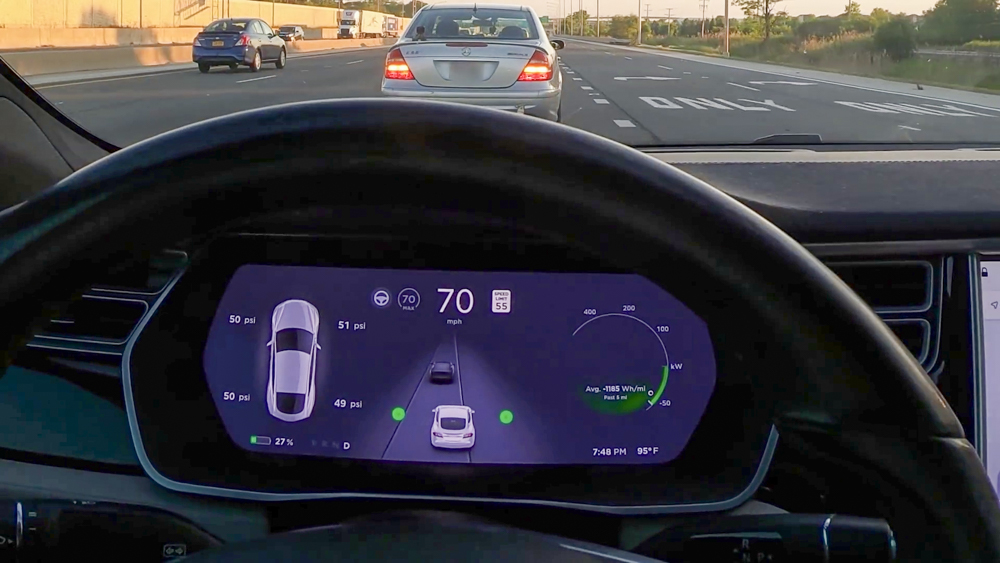
Tesla cars work in the US because of the abundance of the company’s Supercharger stations. These are charging docks specifically made to work with Teslas by offering faster charging rates than what other public facilities or the household outlet can manage. But not all places have Superchargers, and a Model S owner with a nearly depleted battery had to wait three hours at a regular charging station to get enough juice for the trip back home.
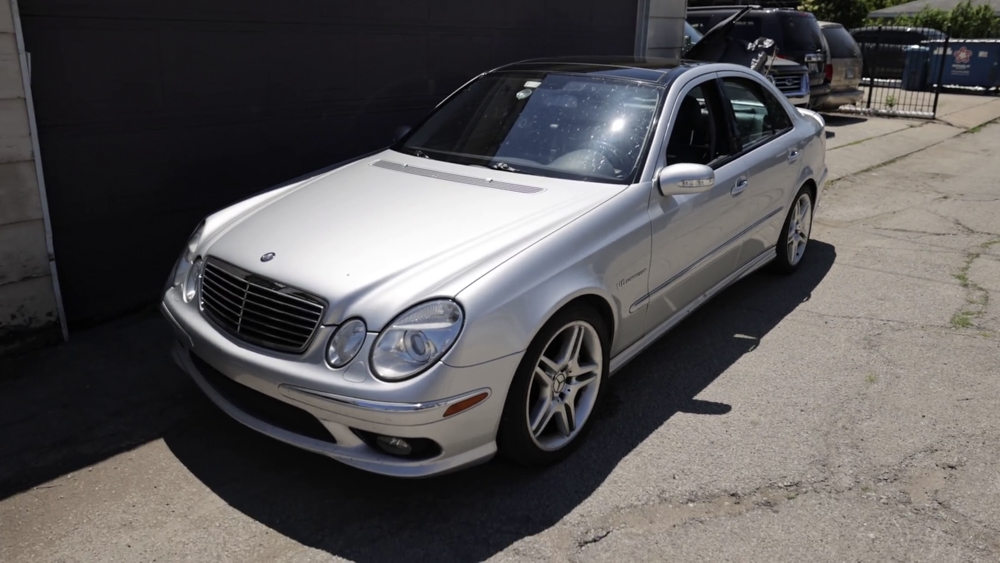
So, this guy had a brainwave. Like almost all modern electric cars, the Model S has regenerative braking. This is the process of capturing the kinetic energy from slowing down and converting it into electrical energy for charging the batteries. It’s one way of mitigating energy losses in an EV. And through a readout on his instruments, the Model S owner discovered that when coasting at 70mph (113km/h), the regenerative braking system produces almost the same sort of power as a Supercharger.
He then decides to see if, at that speed, a towed Model S can actually be juiced up as fast as when it is plugged into a Supercharger. So, he gets a hold of a car that can tow at 70mph, which happens to be a W211 Mercedes-Benz E55 AMG. Official stats peg the E55’s output at 469hp, which the Tesla owner thinks should be more than enough to overcome the drag that’s produced by the regenerative braking system.
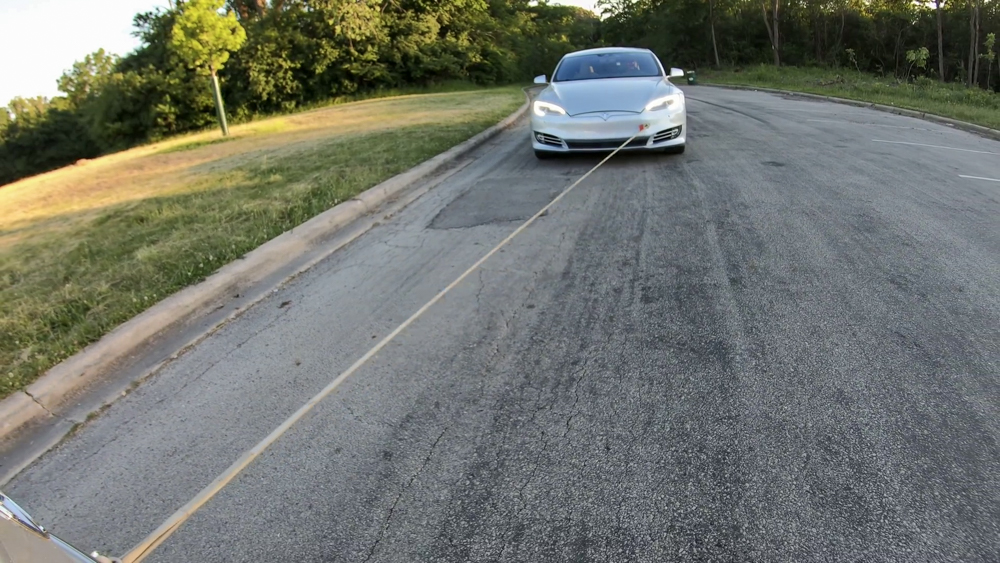
In the name of science, our Model S guy goes out on public roads while being dragged by the powerful sports sedan. After checking that everything is good at 55mph (90km/h), the E55 goes for it at the 70mph target. And surprisingly, it works. The Tesla’s regenerative brakes do produce 65kW, which isn’t too far off a Supercharger’s 72kW output. In fact, 50% charge is achieved in roughly 30 minutes—a respectable figure given that most users reach the same level in Tesla’s quick charger in 20 minutes.
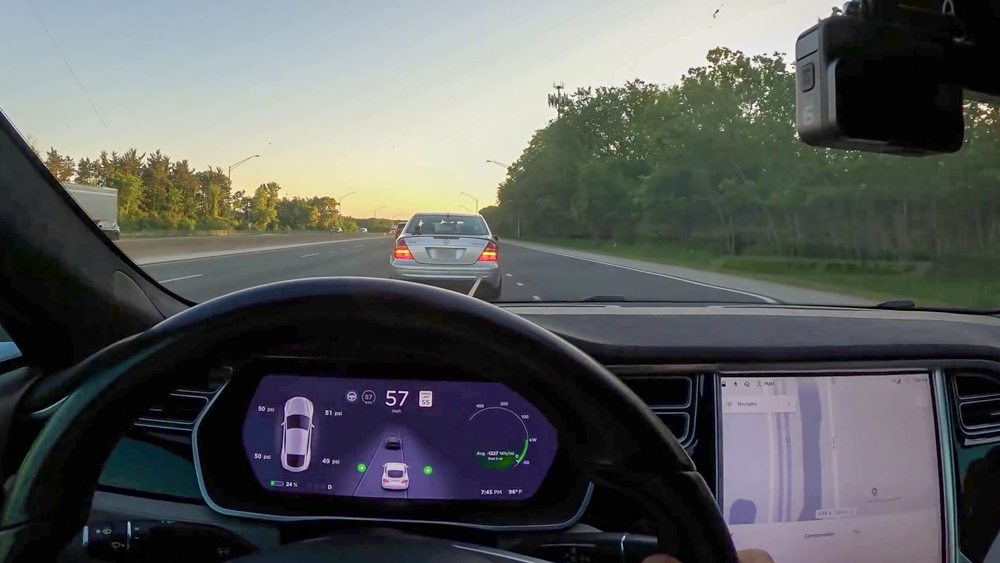
Of course, there are a few drawbacks to this process. It’s not easy finding a car powerful enough to sustain 70mph while towing, and the E55’s voracious thirst for fuel makes itself known during the trial. And while it’s perfectly legal to tow at that speed on rural interstates, we don’t think it’s safe to do so with a regular strap connected to the bumper eyelets. But, at least, if you’re in a Tesla with a flat battery in the middle of nowhere, you might just have a chance of being rescued—if you find a car with over 400hp that’s willing to give you a tow.

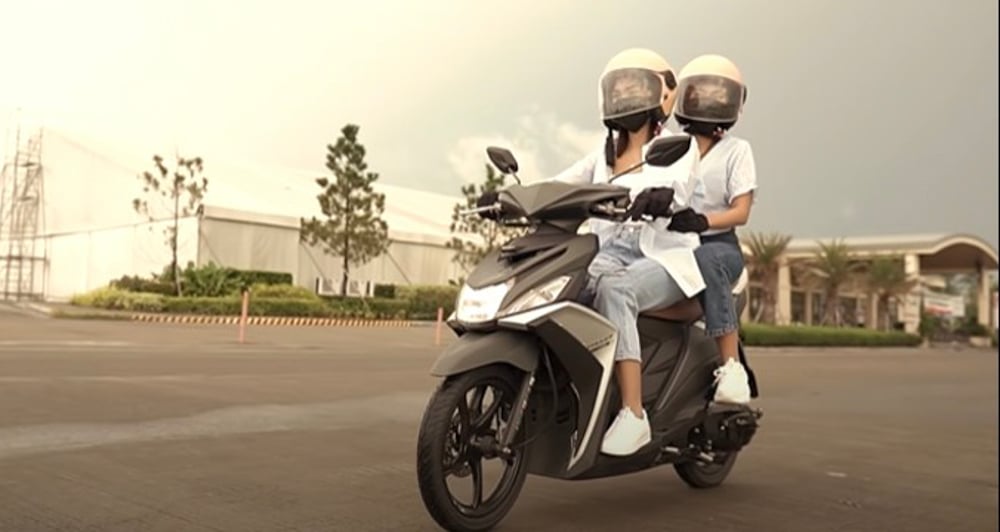
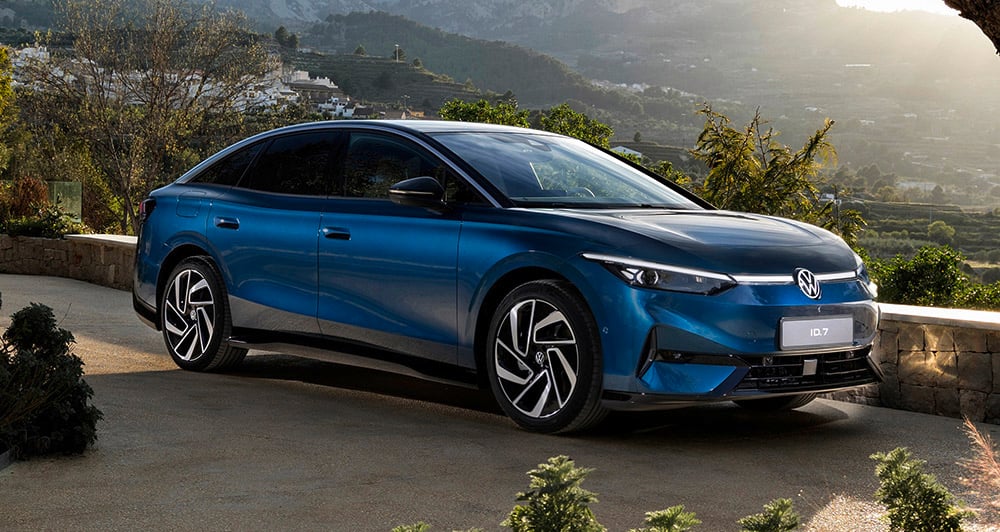


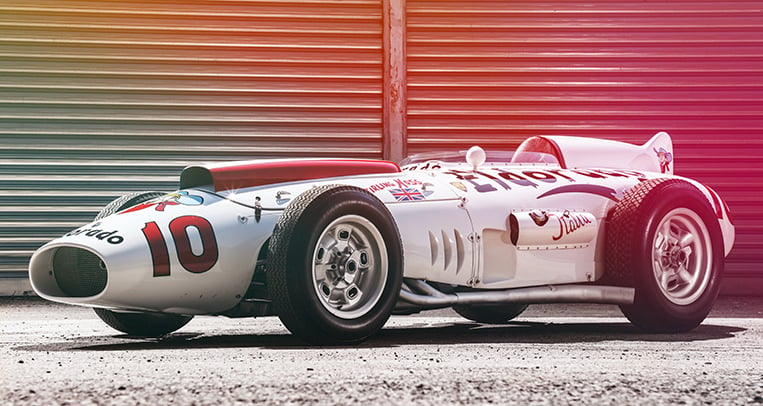


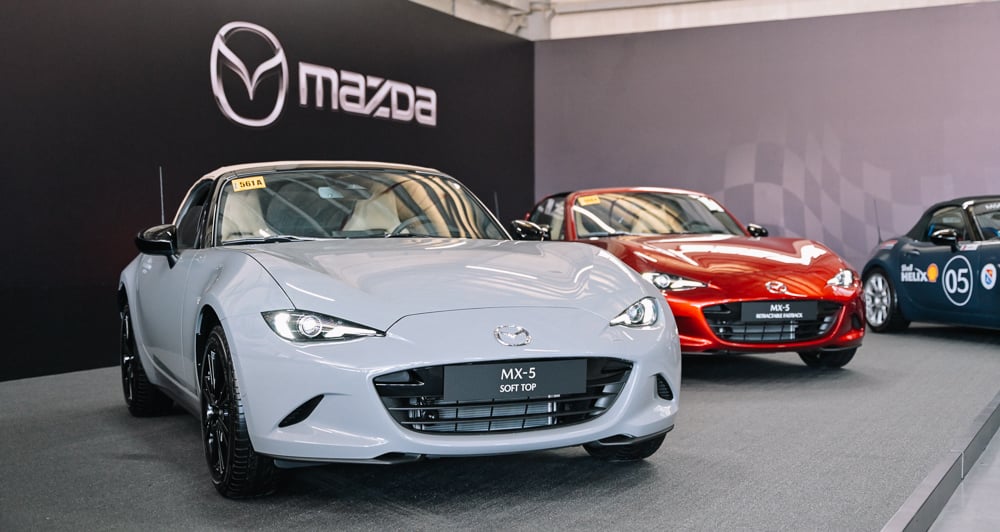

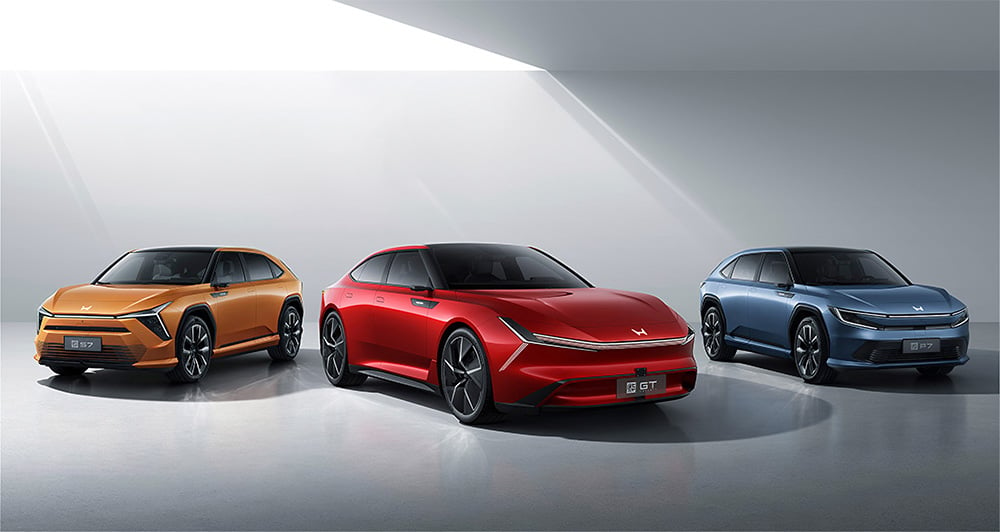
Comments